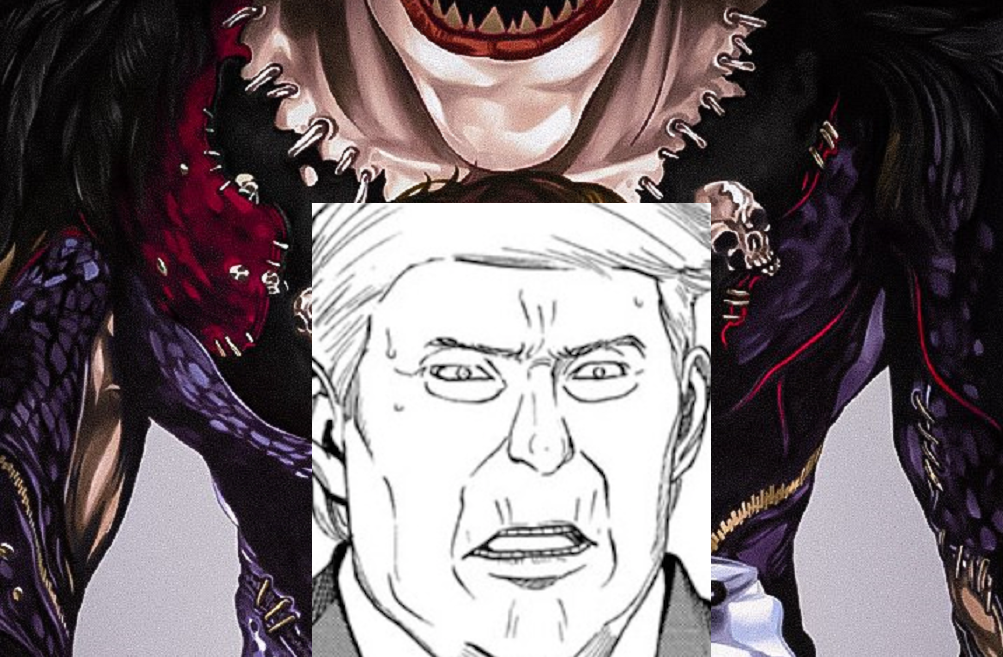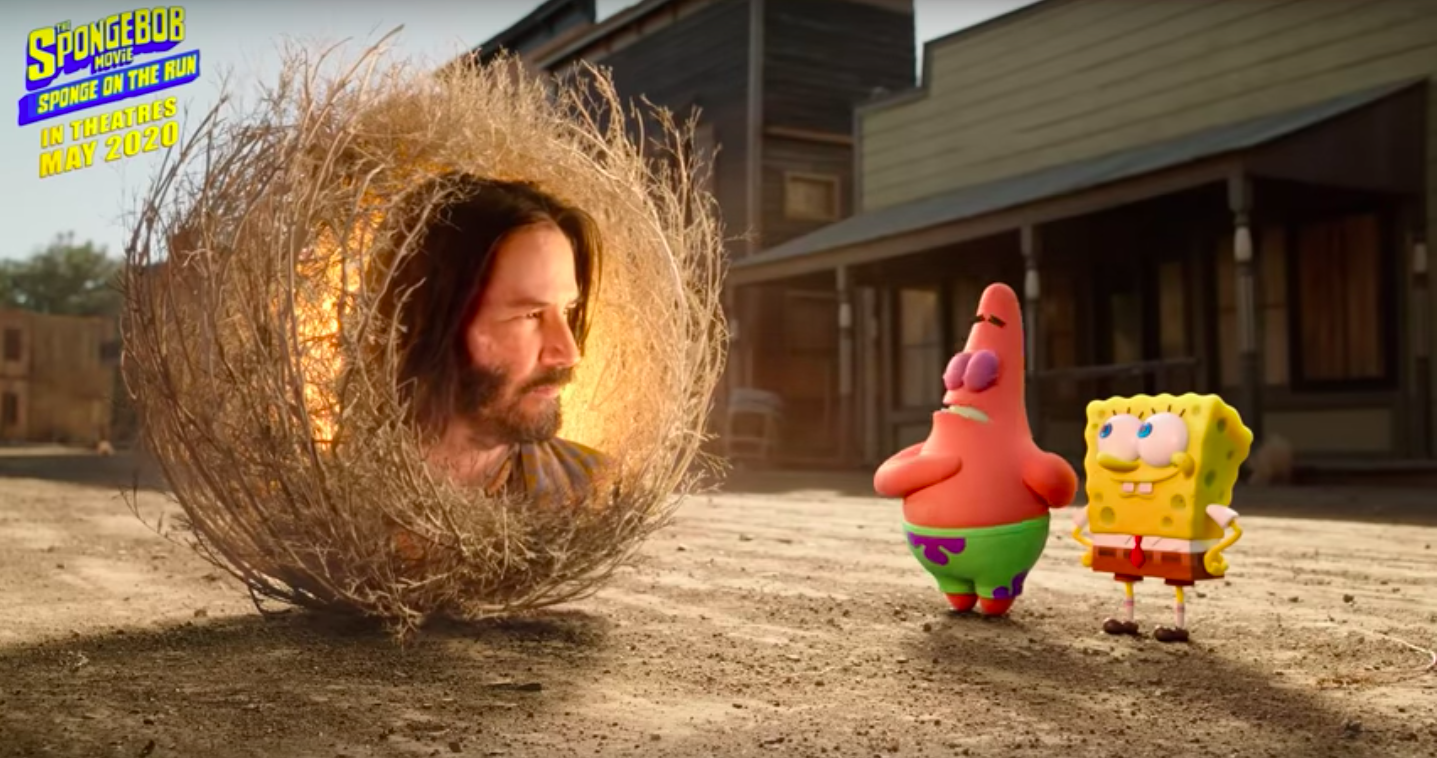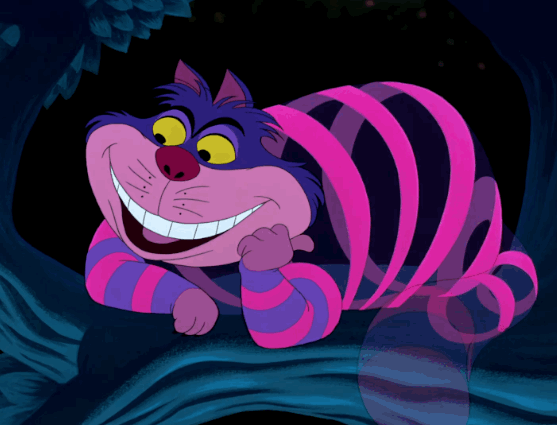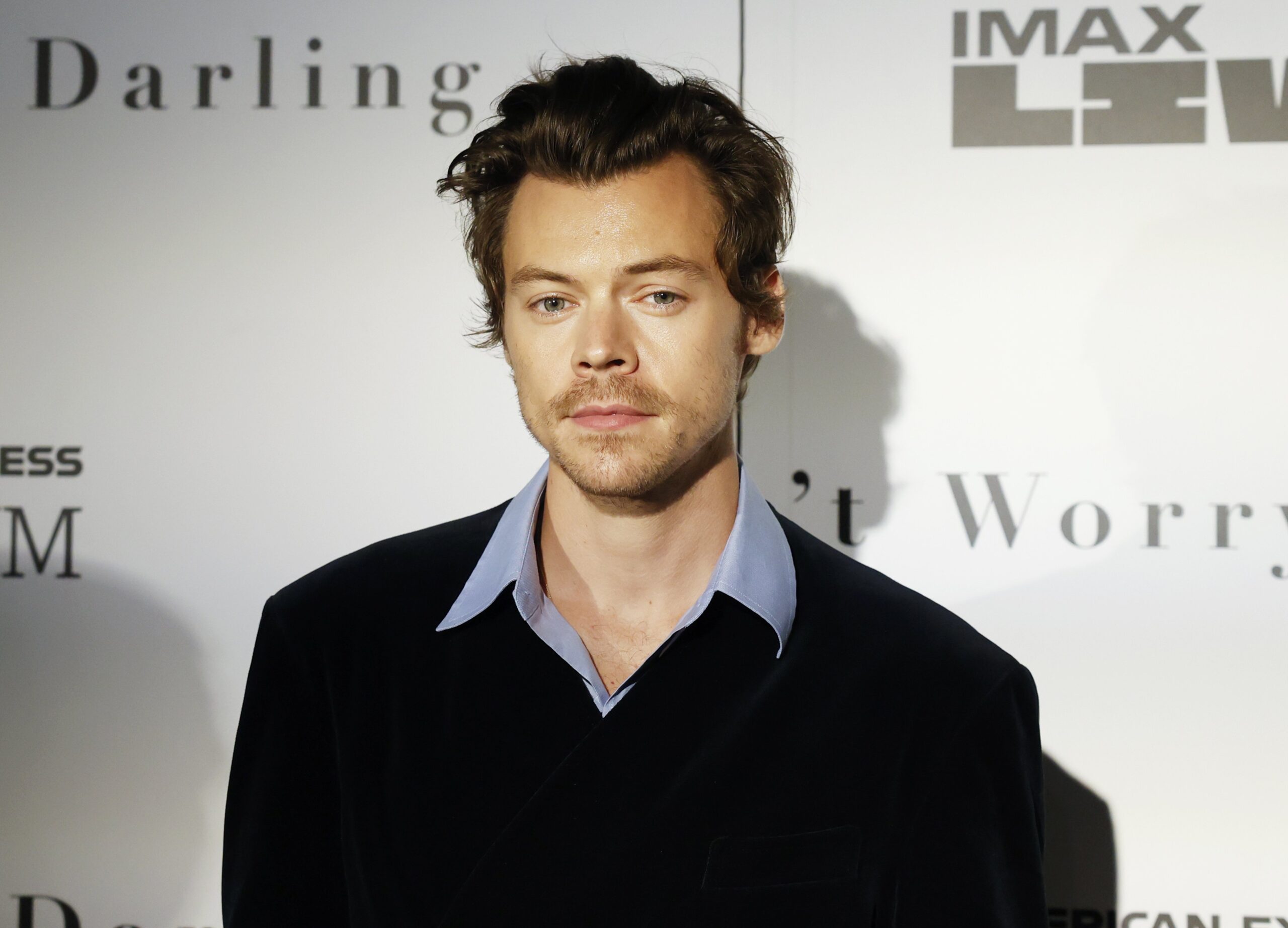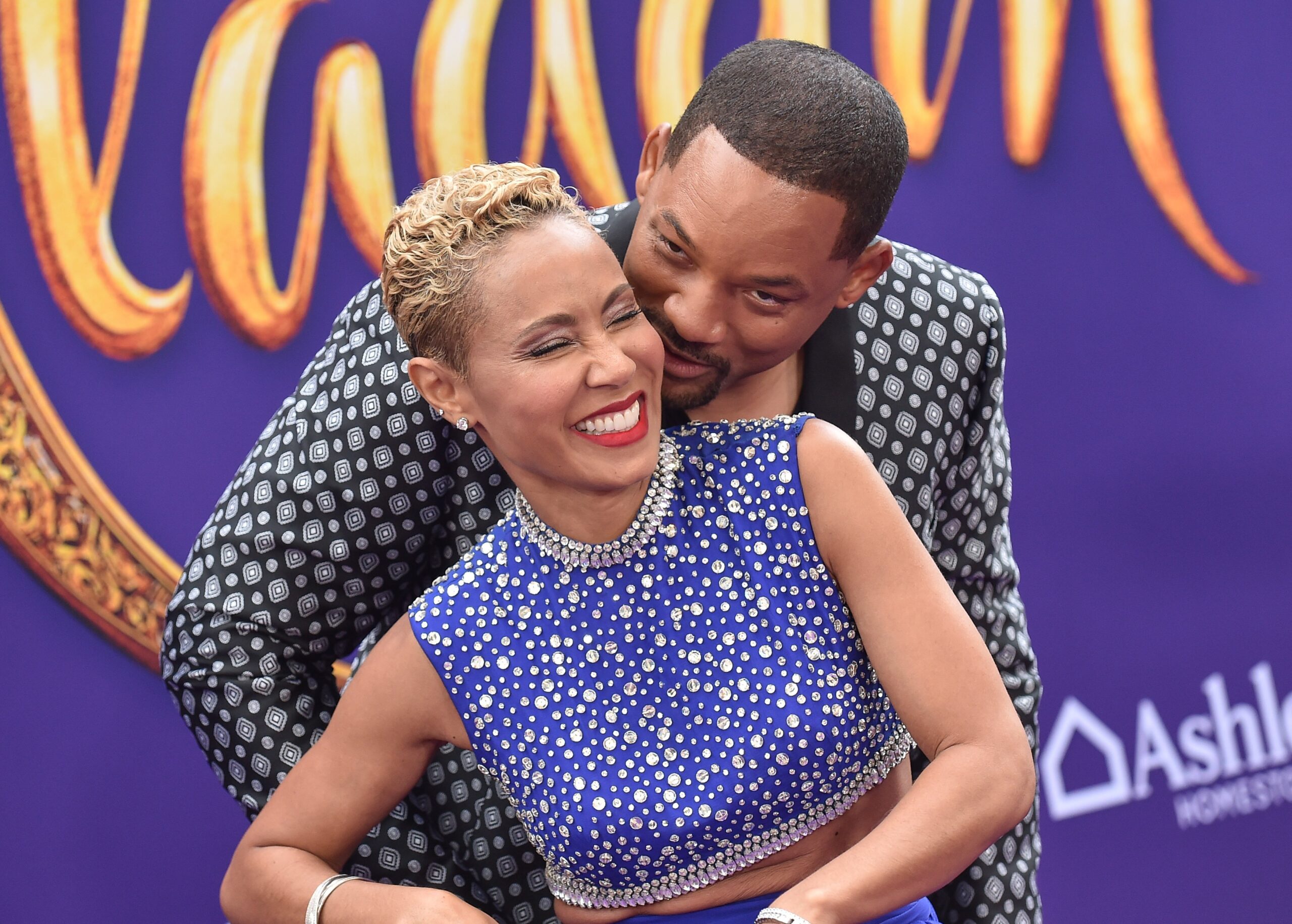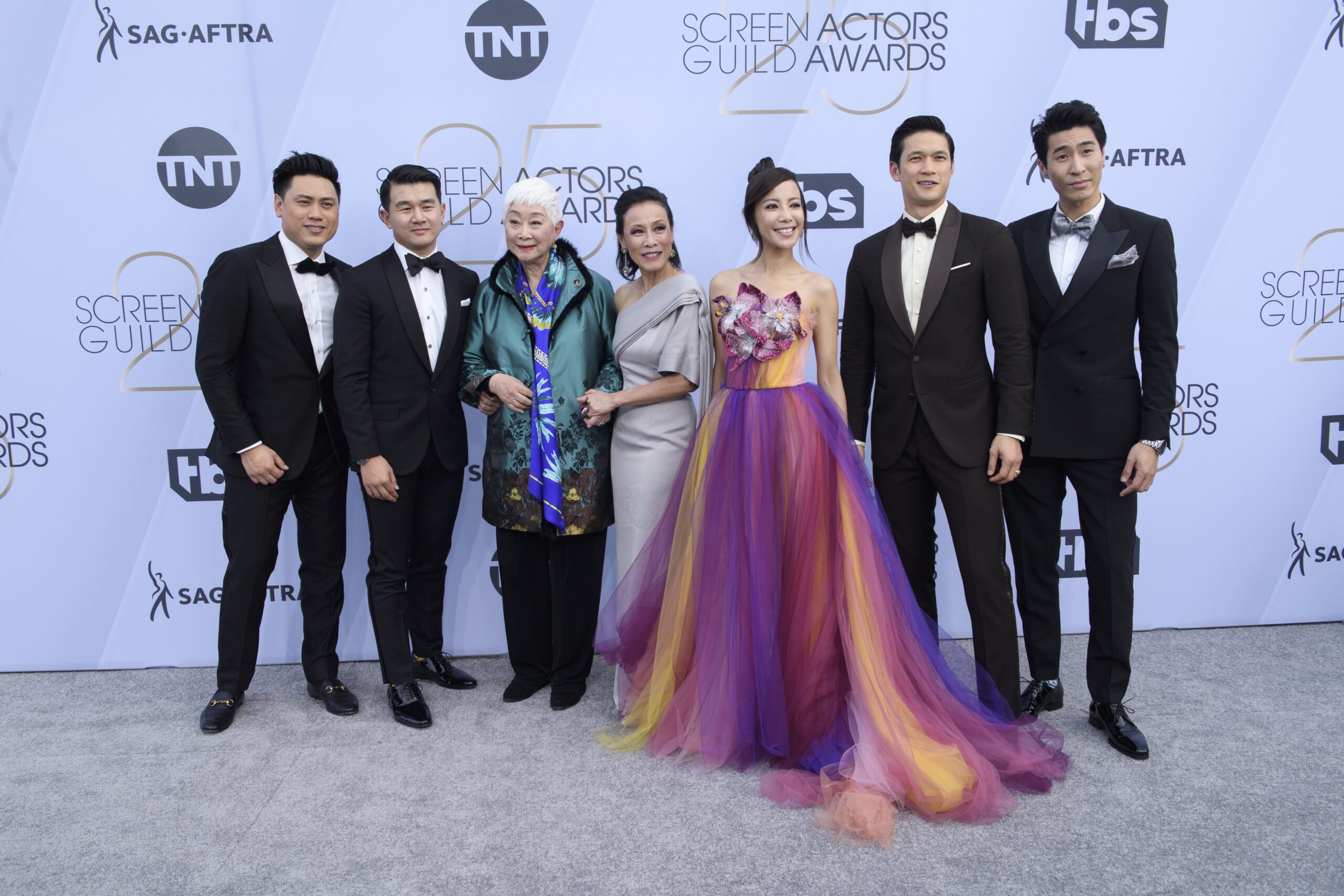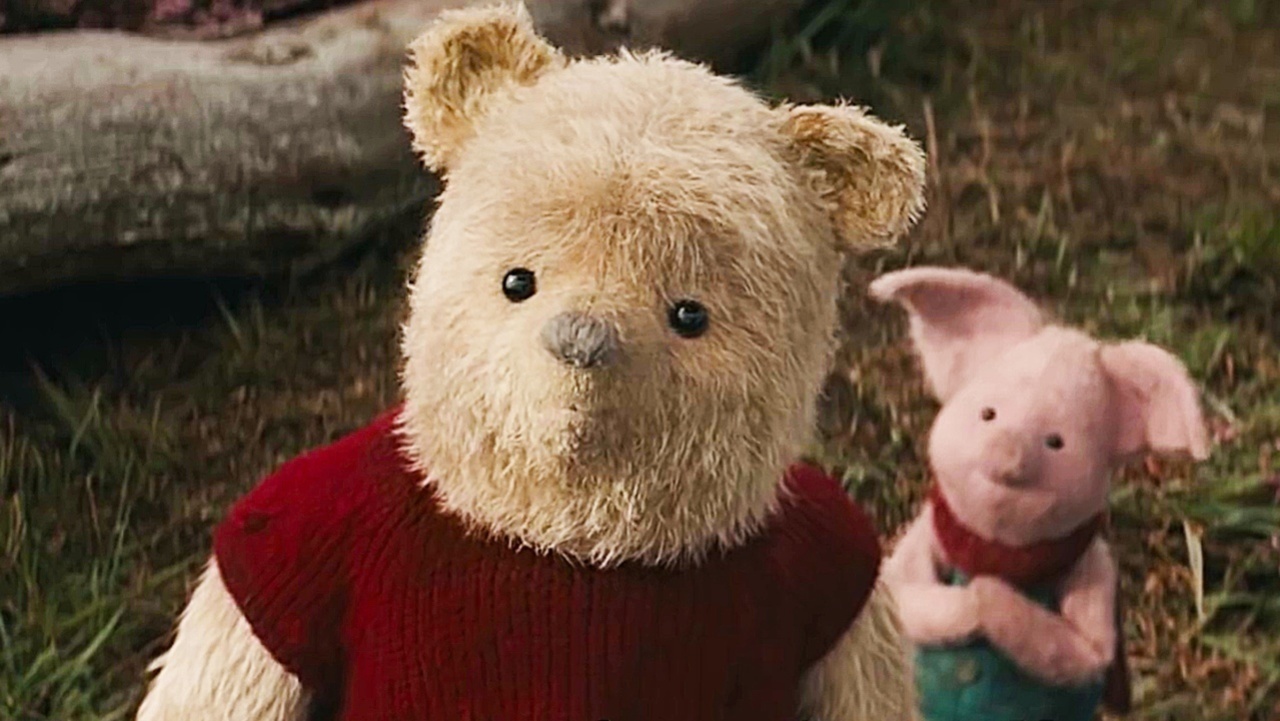Harry Styles nearly broke Ticketmaster on Thursday morning, when tickets to his exclusive performance before his Fine Line tour went on sale for only $25, with a presale code available for early access. Styles, a beloved pop singer who’s rebranded himself from boy band heartthrob to quasi-indie solo phenomenon, purposefully had the tickets marked down […]
